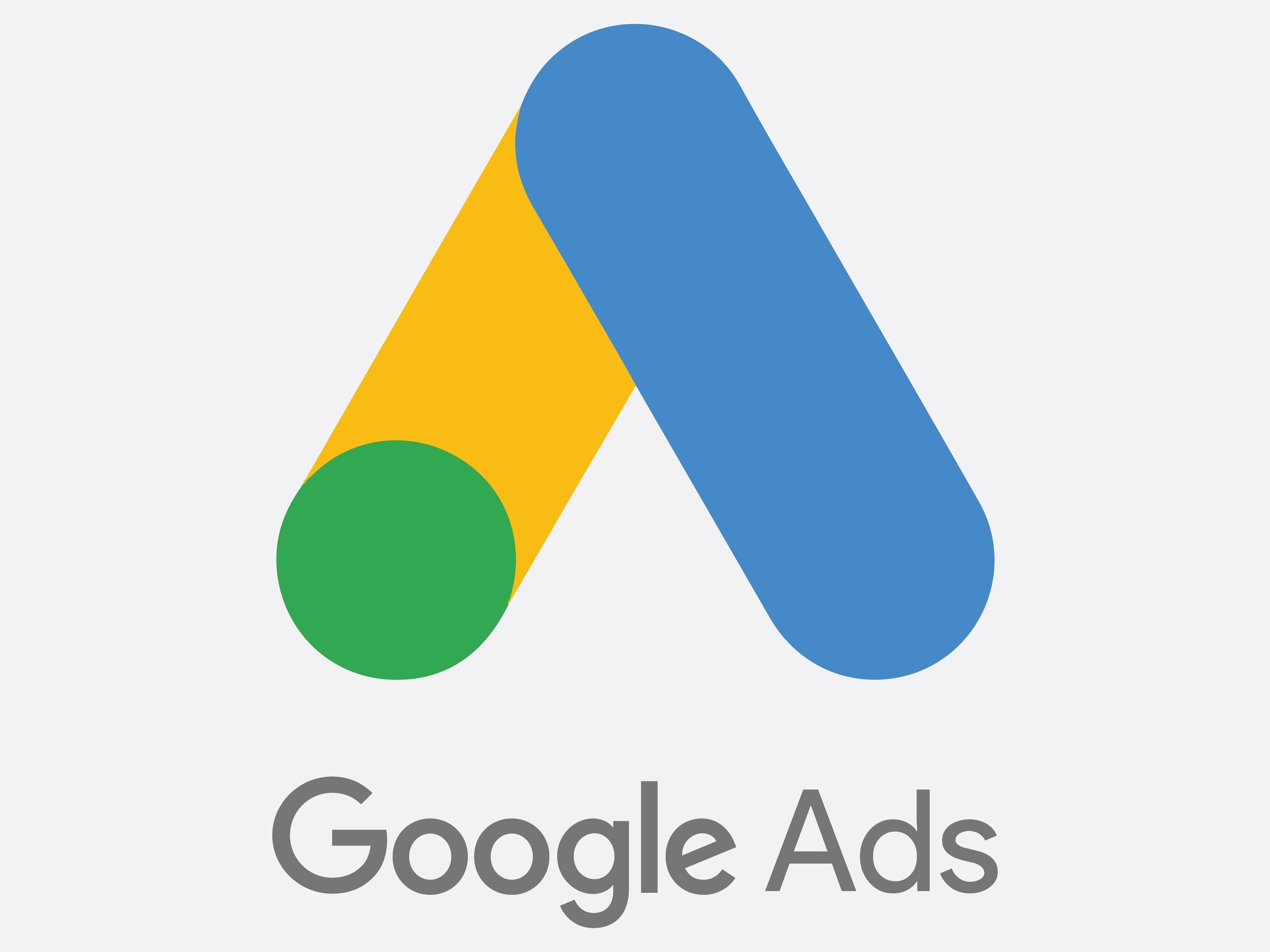
Making Google Ads Easy - How to Use Single Keyword Ad Groups (SKAG)

Are you looking for an effective way to create more targeted and successful digital ads? Single Keyword Ad Groups (SKAGs) are the answer. SKAGs offer a powerful approach that allows advertisers to focus their ad campaigns on specific, high-performing keywords. Using this method can provide greater control over your budget while also allowing you to craft more personalized messages designed to engage with your audience.
In this article, we'll explore what SKAGs are, how they work and why they're such a great tool for optimizing digital ad performance. We'll also look at some real-world examples of successful SKAG campaigns and tips and tricks on how to use them in your advertising efforts. So let's get started!
Table of Contents
- The Concept of Single Keyword Ad Groups (SKAGs)
- How SKAGs can Help Create More Effective Ads
- The Process for Setting up a SKAG
- Tips and Tricks on Optimizing Your Ad Campaigns With SKAGs
- Real-World Examples of Successful SKAG Campaigns
- Benefits of Using SKAGs in Digital Advertising
- Troubleshooting Common Issues By Implementing SKAGs
- Final Thoughts
The Concept of Single Keyword Ad Groups (SKAGs)
Single Keyword Ad Groups (SKAGs) are a powerful tool for optimizing digital ad campaigns. By creating an individual ad group for each keyword, you can better track the performance of those keywords and match your ads more closely to each user's search intent. This allows you to target precisely the right audience at the right time with the right message. SKAGs also help you to identify high-performing keywords quickly and adjust bids accordingly.
With SKAGs, you can set specific budgets for each keyword instead of using one large budget that may be wasted on irrelevant searches. Also, SKAGs give you greater control over any creative copy as well since ads can be tailored to each keyword.
For instance, when someone types in "running shoes," they may need advice on choosing the correct type of sneaker; however, if they type in "Nike running shoes," their search is much more specific and could require a different message than the former query. With SKAGs, marketers can create tailored ads for each keyword, increasing relevance and leading to higher conversion rates.

How SKAGs can Help Create More Effective Ads
SKAGs can help create highly effective ads by allowing marketers to optimize ads targeting specific keywords. This helps to ensure that each ad is relevant, making it more likely that potential customers will take the desired action, such as clicking on the ad or purchasing a product.
When using SKAGs, a marketer creates distinct ad groups for each keyword they are targeting. This allows them to craft highly tailored messages and call-to-action's specifically designed to appeal to people searching with that keyword in mind. As a result, ads become much more targeted and aligned with consumer interests, further increasing their likelihood of success.
Additionally, SKAGs enable better measurement of campaign performance. For example, marketers can track the performance of each keyword individually by looking at metrics like cost per click (CPC), click-through rate (CTR), and cost per acquisition (CPA). This allows them to quickly identify which keywords produce results and which should be removed or replaced with different phrases. By optimizing campaigns this way, marketers can save time and money and increase conversions over time.
In conclusion, SKAGs are invaluable for creating more effective ads that resonate with consumers and drive conversions. In addition, they allow marketers to create highly personalized messages while providing valuable insights into how campaigns are performing so they can make informed decisions about what works best for their business.
The Process for Setting up a SKAG
Setting up Single Keyword Ad Groups (SKAGs) is a simple yet powerful way to optimize digital ad campaigns. To get started, you will need to create individual ad groups for each keyword and then assign a budget to each keyword. This allows you to more effectively track the performance of those keywords and match your ads more closely to each user's search intent.
The first step is to identify all the relevant keywords that your target audience might be searching for when looking for a product or service like yours. Once you have identified your potential keywords, it is time to group them into SKAGs based on their relevance and searcher intent.
For example, if you are selling running shoes, you may have one SKAG for "running shoes" and another for "Nike running shoes" since these two searches have different levels of specificity and meaning. If this applies to your business model, you can also create an additional SKAG specific to geographic location or other demographic information.
Once the SKAGs are set up, it's time to assign a budget to each keyword group. You can determine how much money you want to spend on each keyword by looking at average CPCs in your industry and the past performance of similar campaigns. Once the budgets are set, you can start crafting creative copy tailored to each keyword group likely to engage with their search intent. Finally, review all of your campaigns regularly and adjust bids accordingly if necessary! By using SKAGs, marketers can potentially increase relevance scores for their ads, leading to higher conversion rates and lower cost per click (CPC).
Tips and Tricks on Optimizing Your Ad Campaigns With SKAGs
The key to optimizing your ad campaigns with SKAGs is understanding what your target audience is looking for and tailoring your ads accordingly. Start by researching the keywords and phrases your target customers will likely use when searching for a product or service like yours. Then, create individual ad groups for each keyword so you can better track the performance of those keywords and match your ads more closely to each user’s search intent.
When creating tailored ads for each keyword group, consider the searcher’s intent and any demographic information that may apply. For instance, if you’re selling running shoes, an ad designed specifically for people searching in a certain geographic region might be more effective than a generic one. Also, focus on crafting high-quality copy that speaks directly to the needs of searchers and ensures relevancy. This will increase engagement with their search queries and ultimately lead to higher conversion rates.
Another way to improve performance is by setting specific budget limits for each keyword group based on past performance and average CPCs in the industry. This will help ensure that you’re not spending too much money on irrelevant searches while also helping you quickly identify high-performing keywords so you can adjust bids accordingly. Finally, keep an eye on all of your campaigns regularly and make adjustments if necessary!
By leveraging Single Keyword Ad Groups (SKAGs), marketers can create tailored ads that increase relevance scores and lead to higher conversion rates at a lower cost per click (CPC). By understanding the needs of their target customers, optimizing creative copy, and setting budget limits for each keyword group, marketers can maximize their advertising efforts with SKAGs!
Real-World Examples of Successful SKAG Campaigns
One example of a successful SKAG campaign comes from the e-commerce brand Chubbies Shorts. Chubbies created a SKAG for the keyword “shorts” and set a budget of $2,000 for this group. The ads highlighted various features and benefits, such as comfort, style, and durability. By creating tailored copy that spoke directly to their target audience’s needs, they could drive up relevance scores and improve their cost-per-click (CPC) by 33%. As a result, this SKAG campaign helped them acquire new customers at a lower cost and increased their overall sales volume by 20%.
Another successful example is air purifier manufacturer Dyson. Dyson struggled to reach people searching for air purifiers and wanted to increase their click-through rate (CTR). To achieve this goal, they created unique SKAGs around keywords like “air purifier reviews” or “best air purifier,” which allowed them to focus on providing relevant information and helpful advice instead of just selling products. With more specific ad Copy focused on solving user problems with detailed product reviews, they saw an 8X increase in CTR within two months of launching the campaign.
These are just a few examples of how powerful SKAGs can be in improving ad performance. By understanding the needs of their target customers and tailoring ad copy appropriately, companies have seen significant improvements in relevance scores, which leads to higher conversion rates and lower CPCs. Furthermore, setting budgets for each keyword group helps marketers quickly identify high-performing keywords so they can adjust bids accordingly — contributing to more efficient spending on digital advertising campaigns.

Benefits of Using SKAGs in Digital Advertising
SKAGs (Single Keyword Ad Groups) are a powerful tool used by digital advertisers to target more specific audiences and maximize the effectiveness of their campaigns. By grouping ads together based on a single keyword, marketers can ensure that their message is reaching the right people and that they are receiving quality traffic to their site. Here are some of the key benefits of using SKAGs in digital advertising:
- Increased Reach & Visibility: SKAGs enables advertisers to target the most relevant consumers for their products or services, creating more ad visibility and increasing reach and engagement rates.
- Enhanced Quality Scores: By targeting a specific audience with fewer keywords, ad campaigns become more focused and relevant, leading to higher click-through rates and better quality scores from search engines. This helps advertisers remain competitive within their respective industries while ensuring maximum campaign exposure.
- Cost Savings: Since SKAGs allow advertisers to target a narrower audience with fewer keywords, they can save money by only bidding on those that are most likely to generate conversions. This cost-effective approach ensures that marketers can maximize their budgets while still reaching desired results.
- Improved Performance Tracking: By keeping track of which keywords are driving conversions, advertisers can easily identify winning campaigns and adjust strategies as needed for maximum success in the future. This allows them to make informed decisions about where to allocate resources to achieve maximum ROI from their efforts.
Troubleshooting Common Issues By Implementing SKAGs
One of the most common issues marketers face when implementing SKAGs is monitoring their campaigns regularly. As search trends and user behavior change over time, it’s important to monitor performance metrics and adjust accordingly. For example, if a particular keyword group isn’t seeing the desired results within a certain period of time, consider reducing its budget or optimizing its ad copy for better relevance.
Another issue marketers might encounter is bid optimization. Setting bids based on past performance and average CPCs in the industry is essential. Doing so will help ensure that you don’t waste money on irrelevant searches while also helping you quickly identify any high-performing keywords so you can adjust bids accordingly. Always monitor keyword search results over time to ensure your ads remain relevant to consumer needs.
Finally, another mistake many marketers make when creating SKAGs is failing to craft high-quality copy that speaks directly to searchers’ needs. Focusing too much on generic copy may lead to lower engagement rates and decreased relevance scores, resulting in higher CPCs and fewer conversions. To maximize performance with SKAGs, strive to create creative and tailored ads that address the wants and needs of your target audience!
Final Thoughts
In conclusion, SKAGs are a powerful tool in digital advertising that can help marketers increase relevance scores and lower CPCs. However, it is important to remember that successful implementation requires regular monitoring of campaigns as well as bid optimization based on past performance metrics. Additionally, creating high-quality copy tailored to searchers' needs is key for maximizing engagement rates and overall ad performance with SKAGs. With these tips in mind, you, too, can leverage the power of Single Keyword Ad Groups to drive more traffic and conversions!
Not interested in handling your ads yourself? Let Two Trees PPC help! We have a variety of solutions that can handle your ads across multiple platforms. Book a free consultation today and find out how we can make good ads even easier!


